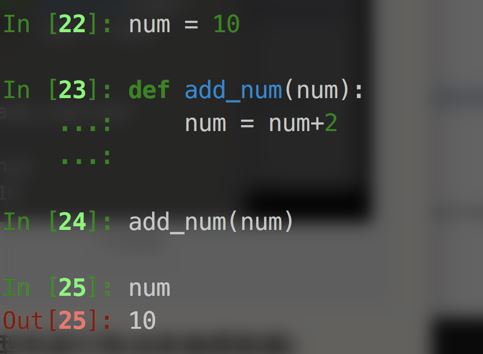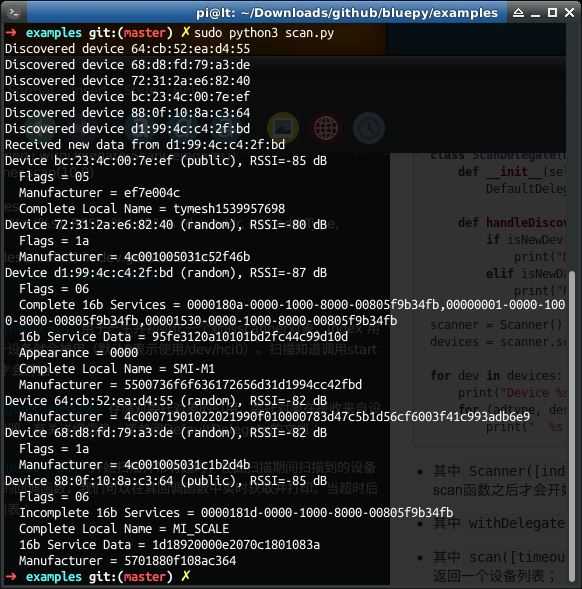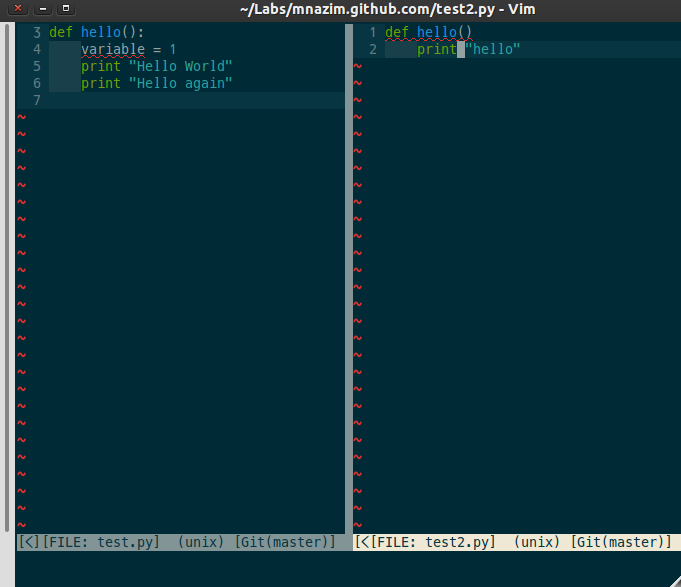Python使用装饰器进行django开发实例代码
本文研究的主要是Python使用装饰器进行django开发的相关内容,具体如下。
装饰器可以给一个函数,方法或类进行加工,添加额外的功能。
在这篇中使用装饰器给页面添加session而不让直接访问index,和show。在views.py中
def index(request):
return HttpResponse('index')
def show(request):
return HttpResponse('show')
这样可以直接访问index和show,如果只允许登陆过的用户访问index和show,那么就需修改代码
def index(request):
if request.session.get('username'):
return HttpResponse('index')
else:
return HttpResponse('login')<br data-filtered="filtered">
def show(request):
if request.session.get('username'):
return HttpResponse('show')
else:
return HttpResponse('login')
这样可以实现限制登陆过的用户访问功能,但是代码中也出现了许多的相同部分,于是可以把这些相同的部分写入一个函数中,用这样一个函数装饰index和show。这样的函数就是装饰器。
def decorator(main_func):
def wrapper(request): #index,show中是一个参数,所以在wrapper中也是一个参数
if request.session.get('username'):
return main_func(request)
else:
return HttpResponse('login')
return wrapper
@decorator
def index(request):
return HttpResponse('index')
def show(request):
return HttpResponse('show')
这样在视图函数中只要是一个参数就可以通过decorator函数装饰,如果有两个参数就需要修改装饰器
def decorator(main_func):
def wrapper(request):
if request.session.get('username'):
return main_func(request)
else:
return HttpResponse('login')
return wrapper
def decorator1(main_func):
def wrapper(request,page):
if request.session.get('username'):
return main_func(request,page)
else:
return HttpResponse('login')
return wrapper
@decorator
def index(request):
return HttpResponse('index')
@decorator1
def show(request,page):
return HttpResponse('show')
这个如果有一个参数就通过decorator来修饰,如果有两个参数就通过decorator1来修饰。于是可以通过动态参数的方式来结合decorator和decorator1,可以同时修饰index和show。
def decorator3(main_func):
def wrapper(request,*args,**kwargs):
if not request.session.get('username'):
return main_func(request,*args,**kwargs)
else:
return HttpResponse('login')
return wrapper
@decorator3
def index(request,*args,**kwargs):
return HttpResponse('index')
@decorator3
def show(request,*args,**kwargs):
return HttpResponse('show')
总结
以上就是本文关于Python使用装饰器进行django开发实例代码的全部内容,希望对大家有所帮助。感兴趣的朋友可以继续参阅本站其他相关专题,如有不足之处,欢迎留言指出。感谢朋友们对本站的支持!



